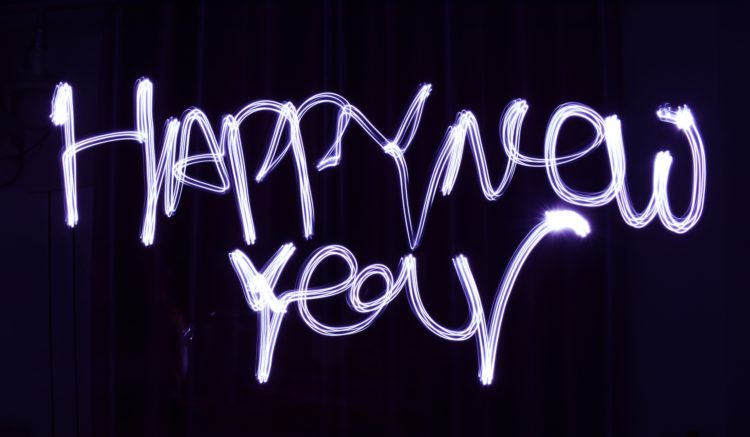Come the close of any calendar year, and look-back pieces are as common as failed New Year resolutions. At the close of a decade — even more.
So when one rises out of the scrum and provides both something to think about, and a damn good read, it's a treat. We all have our own candidates for that prize. Pulitzer winner Dave Barry's end-of-year humor column is usually on my list, and this year he didn't disappoint. Although, given the "eventful" year, as Barry calls it, failure was not much of an option.
The year-in-review piece that caught my attention in the last few days was by Thomas Curwen of the Los Angeles Times. Most of Curwen's work — whether deadline news, a profile, an exploration of a chronic and too-big issue like homelessness — is delivered in a lyrical, narrative voice. He knows how to draw readers into a world, and carry them along. But doing that in a year-end summary? Zow!
Curwen's 2019 look-back reads as much like an elegy to the news we might have missed as it does a recitation of the endless political screeds that dominated the headlines. Indeed, that is his through-line: the "rare moments of beauty" that happened when we were distracted, or tuned out. I was struck by his ability to turn a list into a story with a theme.
But I also wondered about his process: I've watched a lot of journalists grumble in the waning days of December as they churn back through a year's worth of headlines, try to fact-check their memories, and dish out a year-end review that isn't just a drudge. I sent Curwen a quick note to ask whether he, too, waited until the last minute, or if he had found a way to make what most reporters consider a chore into something a veteran writer would embrace as a joyful challenge. His response:
So when one rises out of the scrum and provides both something to think about, and a damn good read, it's a treat. We all have our own candidates for that prize. Pulitzer winner Dave Barry's end-of-year humor column is usually on my list, and this year he didn't disappoint. Although, given the "eventful" year, as Barry calls it, failure was not much of an option.
The year-in-review piece that caught my attention in the last few days was by Thomas Curwen of the Los Angeles Times. Most of Curwen's work — whether deadline news, a profile, an exploration of a chronic and too-big issue like homelessness — is delivered in a lyrical, narrative voice. He knows how to draw readers into a world, and carry them along. But doing that in a year-end summary? Zow!
Curwen's 2019 look-back reads as much like an elegy to the news we might have missed as it does a recitation of the endless political screeds that dominated the headlines. Indeed, that is his through-line: the "rare moments of beauty" that happened when we were distracted, or tuned out. I was struck by his ability to turn a list into a story with a theme.
But I also wondered about his process: I've watched a lot of journalists grumble in the waning days of December as they churn back through a year's worth of headlines, try to fact-check their memories, and dish out a year-end review that isn't just a drudge. I sent Curwen a quick note to ask whether he, too, waited until the last minute, or if he had found a way to make what most reporters consider a chore into something a veteran writer would embrace as a joyful challenge. His response:
I’ve been writing this essay long enough (this is the fourth year) to have finally gotten smart about it. In January I start a file in Outlook that become the home for weekly newsletters and emails to myself with headlines and links to stories I especially like (that I might end up forgetting or overlooking). Then in November, I start reading everything I’ve collected, pulling out what are the most interesting, most critical, most newsworthy and obscure. I want to surprise readers, or at least given them the pleasure of remembering something that they might have just caught out of the corner of their eyes. It’s a chance — in my mind — to take a moment and think about the daily (hourly?) news cycle which pushes us from one story to the next, pell-mell.
Before I developed this system, I would look at the front pages of the LA Times’ main section and its Metro section, read the headlines and follow the same culling and sorting system.
The challenge of course is to try to tell a story, find some common thread that might conceivably link the disparate pieces, and because it is the end of the year — a time for reflection — I try not to let the essay become too ponderous, freighted with foreboding or latent anxiety and malaise. That can be difficult as well.
Lastly, I put out a few tweets about the essay. I liked the last one:
All writers are control freaks. We take the messy welter of our lives and our time and give it context, continuity, even - if we're lucky - a little harmony. It's sleight of hand, of course, but isn't that part of the fun?



